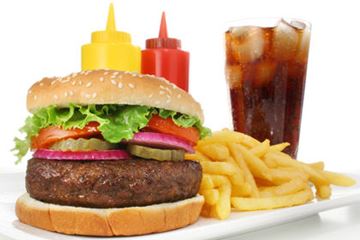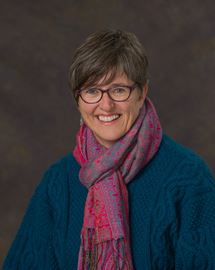We start seedlings in the greenhouse in March, when there is still snow on the ground outside. On a sunny day you can wear a t-shirt in the greenhouse, an enjoyable perk of greenhouse work at the end of a long winter. But once the sun goes down, it gets cold fast.
When we built our greenhouse about 10 years ago its only heat source was a wood stove. That first winter my partner Emily and I would kindle a fire in the greenhouse wood stove at sunset. Then we took shifts, alternating nights, trudging through snow or heavy frost to check the temperature and feed the stove every few hours.
After a few weeks the seedlings had emerged and the greenhouse was filled with thousands of tiny, tender plants. Exhausted from working in the days and walking out to stoke the fire each night, we decided to take turns sleeping on a mat on the soil of the greenhouse.
When I was on greenhouse duty I would stoke the fire until the greenhouse air was warm, smelling of fresh verdant growth despite the ice outside. Then I would fall asleep, warm enough that I barely needed a sleeping bag.
A few hours later a chill in the air would wake me. That was my signal to feed the fire. When the sunrise shone through the plastic overhead it was time to get up and do our usual farm duties. Tending to the greenhouse that first year meant having the sleep schedule of a new parent.
We’ve upgraded a bit since those days. We still have the wood stove; we cut standing dead trees on the farm, so heating with firewood is cheap and carbon-neutral. But we let an automatic furnace with thermostat take over heating duty once we go to bed.
The greenhouse keeps us busy enough during daylight in the early spring. We have a 150-member Community Shared Agriculture operation, and we grow just about every kind of vegetable you can grow in our climate. To have the first crops ready for harvest in May or June means we start our transplants in the greenhouse months in advance.
The inside of our greenhouse looks a bit different from most commercial greenhouses. The space is ample, but still finite. We use temporary tables for seedlings and transplants. We maintain the soil under the tables so that greens, tomatoes, peppers, and cucumbers can flourish there in the summer when the tables are removed.
The way we grow our seedlings is a bit different as well. Most commercial greenhouses have thousands of disposable plastic trays with little soil plugs in individual cells. We’ve switched away from that method for a few reasons. For one, we’re an organic farm, and so we try to minimize the amount of plastic we consume and the quantity of waste we produce.
The plastic trays can also produce seedlings that are “rootbound.” Limited to a tiny space, a seedling’s roots search for fresh soil, circling and circling the plastic cell until the plant is strangling itself.
As an alternative, we use “soil blocks,” little cubes of soil that we stamp out with a portable mold. The cubes hold together by themselves, no plastic necessary. You can see in the photograph how they form a grid on a tabletop in the greenhouse.
When the seedling’s roots reach the edge of the cube they touch air and stop growing. And so instead of rootbound plugs we have healthy little transplants in large enough quantity that we sell the extras at spring plant sales for home gardeners.
This spring our greenhouse is full of healthy, thriving plants. And we don’t even have to stay up all night.
Aric McBay is a farmer and author. He lives and works at an organic farm on Howe Island.







